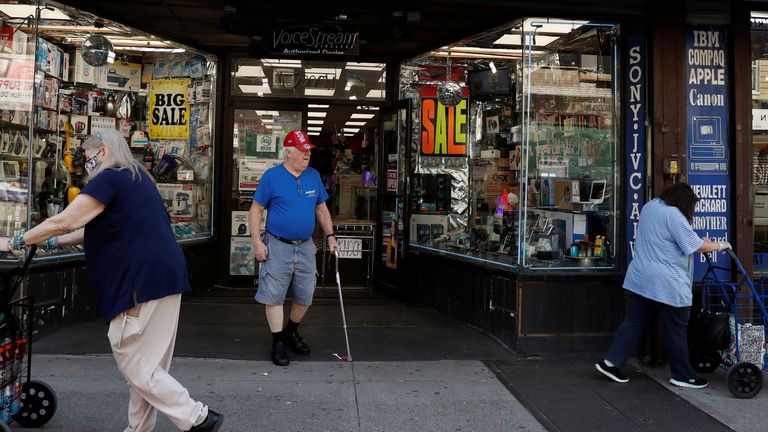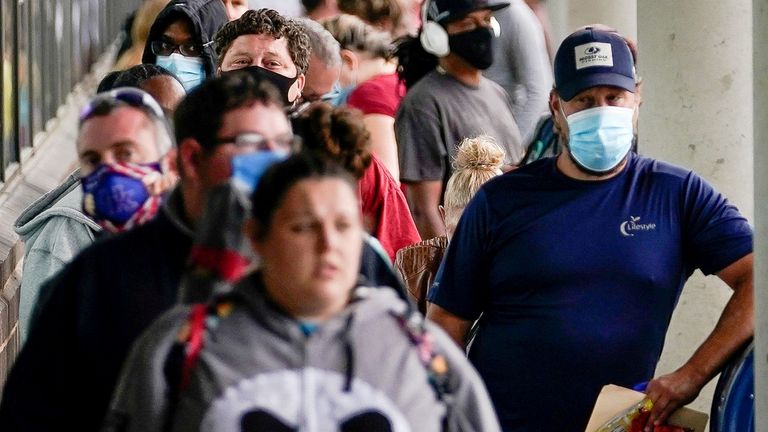The US economy suffered its worst annual decline for 74 years in 2020 as the pandemic crushed business activity and pushed millions of Americans out of work, official figures showed.
Gross domestic product (GDP) shrank by 3.5%, the biggest fall since 1946 when America was demobilising after the Second World War.
Output is now recovering after the depths of the crisis earlier in the year but remains below pre-pandemic levels and the bounce-back slowed significantly in the final quarter of 2020 amid a resurgence in cases.
Prospects for the world’s biggest economy look likely to hinge on the distribution of vaccines to fight the virus.
The stark GDP data underscored the need for US legislators to pass new president Joe Biden’s $1.9trn stimulus package, according to a White House advisor.
Nearly $3trn in aid has been distributed already with a further $900bn approved in December under outgoing president Donald Trump.
America’s downturn, following 2.2% growth in 2019, is the first annual decline since the global financial crisis of 2007-2009.
However it is much smaller than the 10% GDP collapse expected to have been experienced by Britain according to the International Monetary Fund’s latest forecast.
Official UK figures are due next month.
Meanwhile China, the world’s second biggest economy, bounced back more quickly than global rivals from the coronavirus crisis to post historically-weak but still positive annual growth of 2.3%.
In America the 2020 downturn was exemplified by a 3.9% decline in consumer spending, its worst performance since 1932.
The US was in recession for the early part of the year before bouncing back to record growth in the third quarter – 33% at an annualised rate.
But the pace slowed to 4% in the fourth quarter as renewed business disruptions after case numbers rose again, together with delays in delivering the latest government aid package.
Earlier this week, the US Federal Reserve left interest rates near zero and pledged to continue pumping money into the economy through bond purchases.
It noted that “the pace of the recovery in economic activity and employment has moderated in recent months”.
Economists expect economic growth to pick speed again over the summer as new stimulus takes effect.
For now the unemployment rate of 6.7%, while sharply down on the near 15% level seen in April, is still nearly twice as high as before the pandemic.
Figures published at the same time as Thursday’s GDP data recorded 847,000 new unemployment claims last week alone.
That was much lower than during last spring when the weekly numbers neared seven million but still historically high and worse than in the depths of the 2007-2009 downturn.


